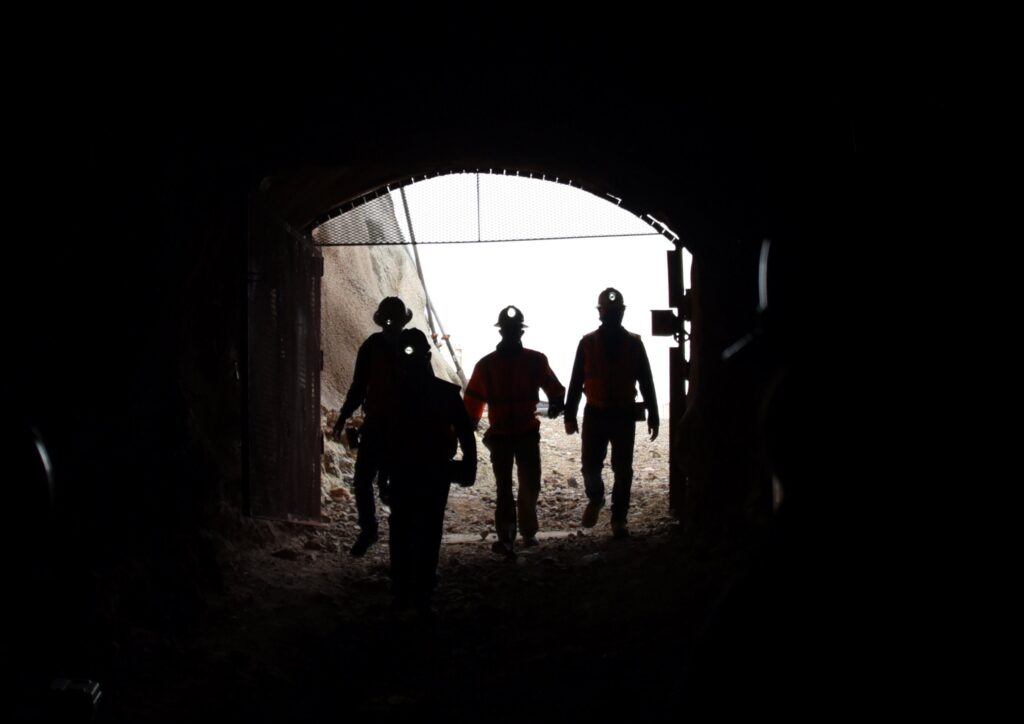Getting a mining job with no experience can be challenging, but it’s certainly possible with the right approach.
Here are 9 practical steps to help you break into the mining industry:
1. Get familiar with the mining world
Research different types of mining operations (underground, open-pit, processing plants, etc.).
Learn about entry-level roles such as labourer, driller’s assistant, truck driver, equipment operator, or field technician.
2. Earn certifications that open doors
Obtain safety and compliance training, which is often mandatory for mining jobs. Common certifications include:
- Mine Safety and Health Administration (MSHA) certification (US).
- Working at Heights.
- First Aid and CPR.
- Confined Space Training.
In some regions, mining-specific training (e.g., a Standard 11 in Queensland, Australia) is important to have.
3. Emphasise skills from other industries
Highlight transferable skills from other industries (e.g., construction, heavy machinery operation, or logistics).
Show experience in physically demanding or remote work environments.
4. Start in supporting roles to get closer to the action
Apply for support roles like camp maintenance, catering, or administrative jobs in mining camps to get a foot in the door.
Consider working with contractors or subcontractors that serve mining operations.
5. Network your way into mining opportunities
Connect with industry professionals on platforms like LinkedIn.
Attend mining job fairs or industry events to meet recruiters from mining recruitment agencies and hiring managers.
6. Target regions where demand is high
Many mining companies operate in rural or remote locations where they’re more willing to train unskilled workers due to labor shortages.
Research companies that offer fly-in-fly-out (FIFO) or drive-in-drive-out (DIDO) roles.
7. Explore training programs for beginners
Many mining companies offer entry-level training programs or apprenticeships to bring new workers into the industry.
Check for graduate, trainee, or operator programs designed for beginners.
8. Write a resume that highlights your potential
Highlight your physical fitness, work ethic, and willingness to work long hours or in tough conditions.
If applicable, mention any machinery licenses (e.g., forklift, heavy equipment, or CDL).
If you’re wondering what the difference is between recruitment and executive search, we cover that topic in this article.
10. Stay determined and keep applying
Mining companies often prioritise local hires, so apply to mines in your local area or relocate to a mining region if possible.
Apply broadly and don’t be discouraged by rejection—entry into mining can take time and persistence.
Curious if mining is a good job in Australia? Read this article.

